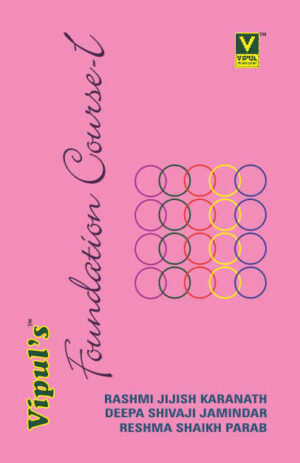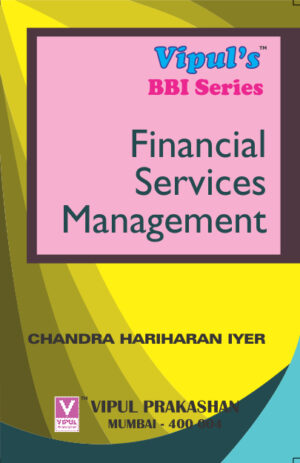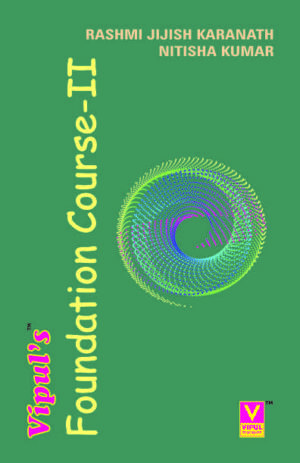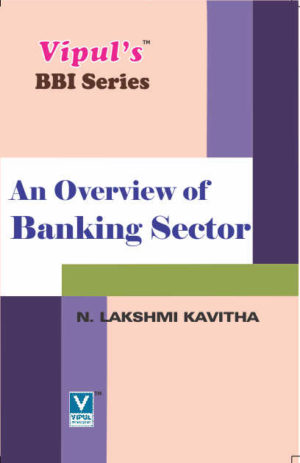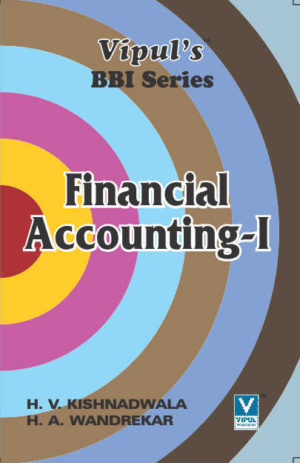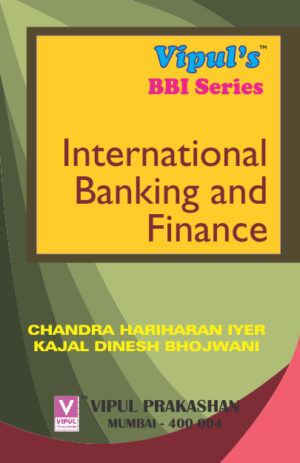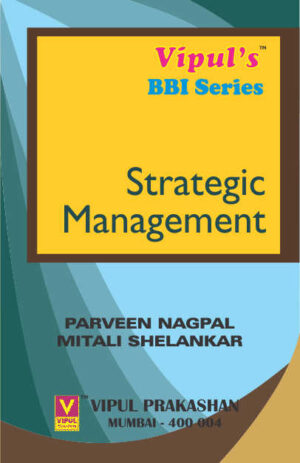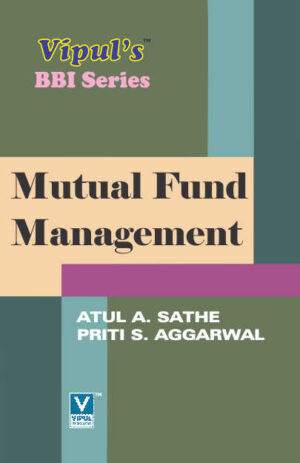Organisational Behaviour
₹190.00
SYBBI — SEMESTER – III
Author: Vinay V. Prabhu
FOURTH REVISED EDITION 2022
Description
SYLLABUS
| No. | Modules / Units |
| 1 | The Individual Behaviour: |
| (A) Personality: Meaning, Determinants of Personality, Major personality traits influencing OB, The Big Five Model, Trait Theory of personality, Psychoanalytic theory of Personality, Freud Stages of Personality Development, Locus of Control, Self-Monitoring.
(B) Learning: Meaning and Definition of Learning-The Learning Process, Principles of Learning, Theories of Learning-Classical conditioning, Operant Conditioning, Social Learning Theory, Learning through Reinforcement, Learning by Observing, Learning through Experience. (C) Perception-Meaning, Factors Influencing Perception, Attribution Theory, Improving Perceptions- Johari Window, Empathy. (D) Workplace Emotions, Values and Ethics: Meaning of Emotions, Cognitive Dissonance, Emotional Dissonance, Managing Emotions at Work (Emotional Labor) – The Six Universal Emotions. Meaning and Types of Values, Sources of Value systems, Values across Cultures, Values and Ethical Behaviour. (E) Individual Decision Making: How are Decisions made in organization, Decision Making process, Decisional Styles. |
|
| 2 | The Group Dynamics: |
| (A) Group Communication: Importance, Corporate Communication – Need, Importance and Techniques of Corporate Communication.
(B) Power and Politics: Meaning of Power, Bases of Power, Power Tactics, Organizational Politics, Reasons for Organizational Politics, Managing Organizational Politics. (C) Negotiations: Meaning, Process, Strategies, Third Party Negotiations, Crisis Negotiations, Focus Areas of Negotiations. |
|
| (D) Transactional Analysis Model: Types of Transactions, Ego states, Life Positions, Elaboration of Transactional styles.
(E) Virtual teams and Group Cohesiveness: Structure, Types, Stages in Management of Virtual teams, Features of Cohesive Groups, Effects/Consequences/Impact of Group Cohesion. (F) Group Decision-Making: Advantages, Disadvantages, Assumptions, Managing Group Decision-Making, Strength and Weakness of Group Decision-Making. |
|
| 3 | The Organizational Dynamics: |
| (A) Organization structure: Meaning, Meaning and key features of the concept of Centralization, Decentralization, Span of control and Departmentation, Simple structure, Bureaucratic & Matrix structure.
(B) New design options: Team structure, Virtual organizations, Boundary less organizations (C) Organization structure differentiation: Strategy, Organization size, Technology & Environment, Organizational Designs and employee behaviour. (D) Organizational Climate: Impact of Communication, Impact of Rewards & Punishment, Quality work life with reference to Banking & Insurance, Job Frustration-Sources, Causes, Effects, Ways to Overcome Frustration, Impact of Frustration on Banking and Insurance companies. |
|
| 4 | Organization Behaviour In Banking and Insurance Sector: |
| (A) Practices of OB in Banks and Insurance
(B) Issue of organization behaviour in Banks (C) Strategies to manage issues of organization behaviour in banks (D) Case Studies – Transfer, Promotion, Separation. |



